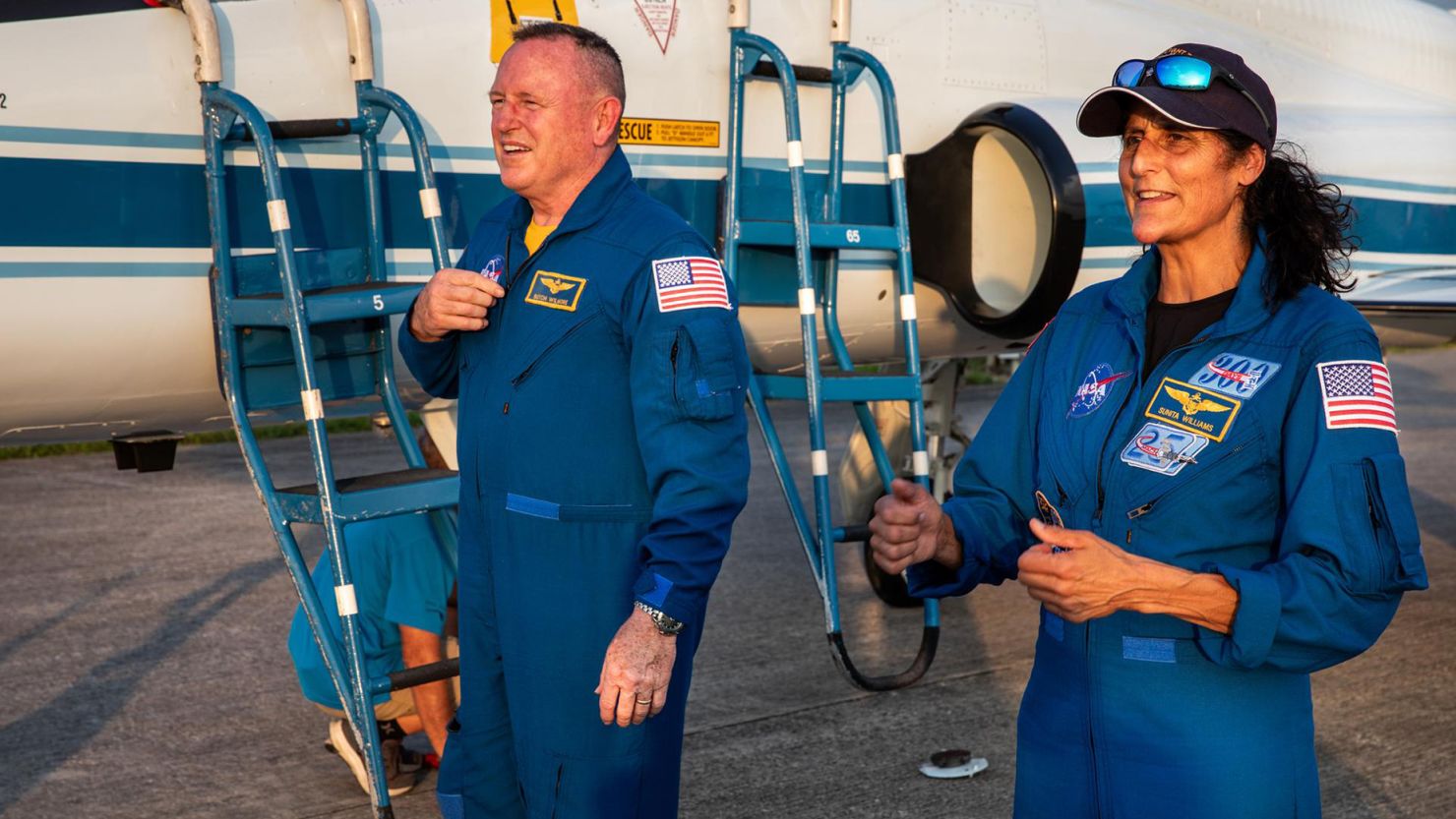Boeing’s new CST-100 Starliner astronaut capsule launched from Florida on Wednesday, marking a significant milestone in the aerospace giant’s efforts to compete with Elon Musk’s SpaceX. This much-delayed first test flight, carrying a crew of two veteran NASA astronauts, is a critical step for Boeing’s space ambitions.
The Starliner, carrying astronauts Barry “Butch” Wilmore and Sunita “Suni” Williams, lifted off from the Cape Canaveral Space Force Station aboard an Atlas V rocket provided by United Launch Alliance (ULA), a joint venture between Boeing and Lockheed Martin. The capsule is headed for the International Space Station (ISS), aiming to dock with the orbital laboratory approximately 24 hours after launch.
A Long-Awaited Milestone
This mission comes two years after Starliner’s first test voyage to the ISS, which was conducted without astronauts. The docking maneuvers and safe return to Earth, expected to occur roughly a week after docking, will be crucial tests for the Starliner.
The launch faced several setbacks, with previous crewed launch attempts being canceled due to technical issues. On May 6, a countdown was halted two hours before liftoff due to three issues that required weeks of additional scrutiny. Another attempt last Saturday was aborted less than four minutes before launch due to a glitch with a launchpad computer. However, the launch on Wednesday proceeded successfully, with the Atlas V’s engines igniting and propelling the spacecraft into the sky.
Crew and Mission Objectives
Wilmore, a retired US Navy captain and fighter pilot, and Williams, a former Navy helicopter test pilot with extensive experience, bring a combined 500 days in space to this mission. Wilmore serves as the flight commander, with Williams as the pilot. During their week-long stay at the ISS, they will join the current seven-member crew and conduct various tests, including manually maneuvering the Starliner.
Although the Starliner is designed to fly autonomously, the astronauts will have the ability to take manual control if necessary. The mission aims to demonstrate the capsule’s capabilities and ensure its readiness for regular crewed missions.
Boeing’s Quest for Redemption
Boeing’s commercial airplane operations have been troubled by crises involving its 737 MAX jetliners. Thus, success in space with the Starliner program is vital for the company, which is already years behind schedule and over $1.5 billion over budget. Under its $4.2 billion fixed-price contract with NASA, Boeing has faced numerous challenges, including software issues and technical glitches.
NASA seeks redundancy in its transportation to the ISS, an outpost expected to retire around 2030, and having two reliable vehicles—Boeing’s Starliner and SpaceX’s Crew Dragon—is essential. Since 2020, SpaceX’s Crew Dragon has been NASA’s sole means of sending astronauts to the ISS from US soil, making Starliner’s success pivotal for Boeing.
Future Prospects
If the Starliner mission is successful, it will mark a significant step forward for Boeing in the competitive space transportation market. Meanwhile, SpaceX continues to advance its capabilities, with the fourth test launch of its Starship rocket system scheduled for Thursday from Texas, aiming to develop a reusable satellite launcher and moon lander.
The aerospace sector eagerly watches Boeing’s Starliner mission, hoping for a successful journey and a new era of competition and innovation in space travel.




